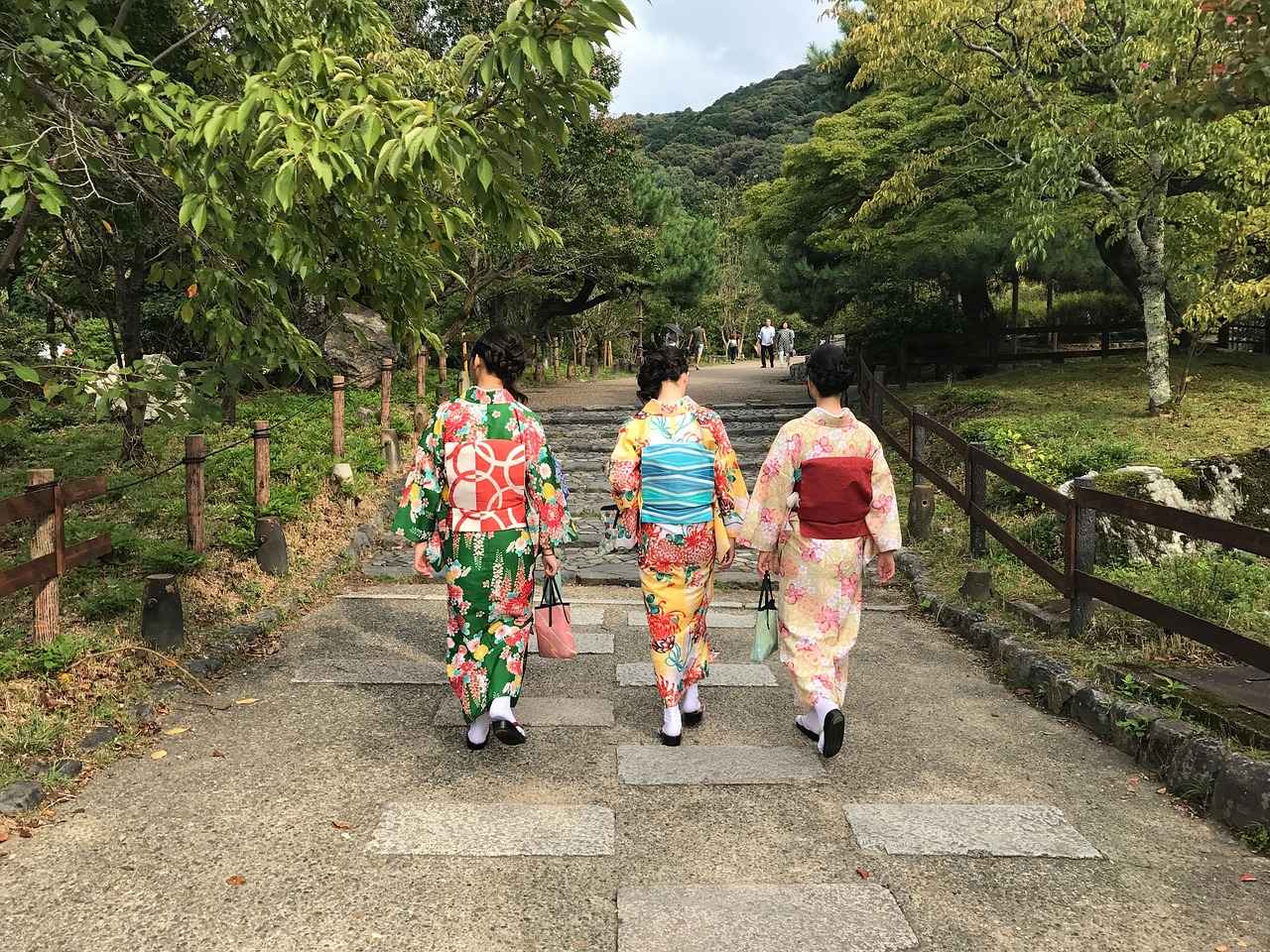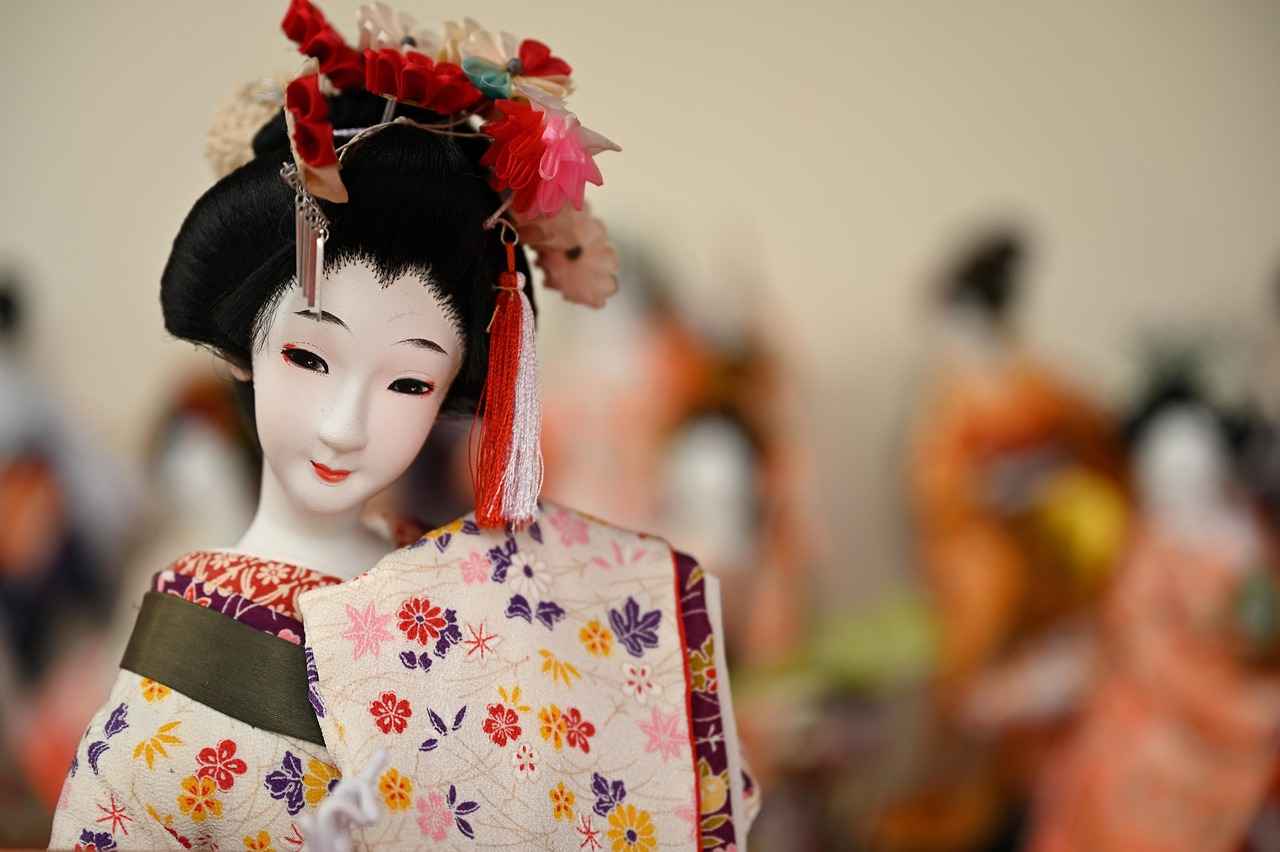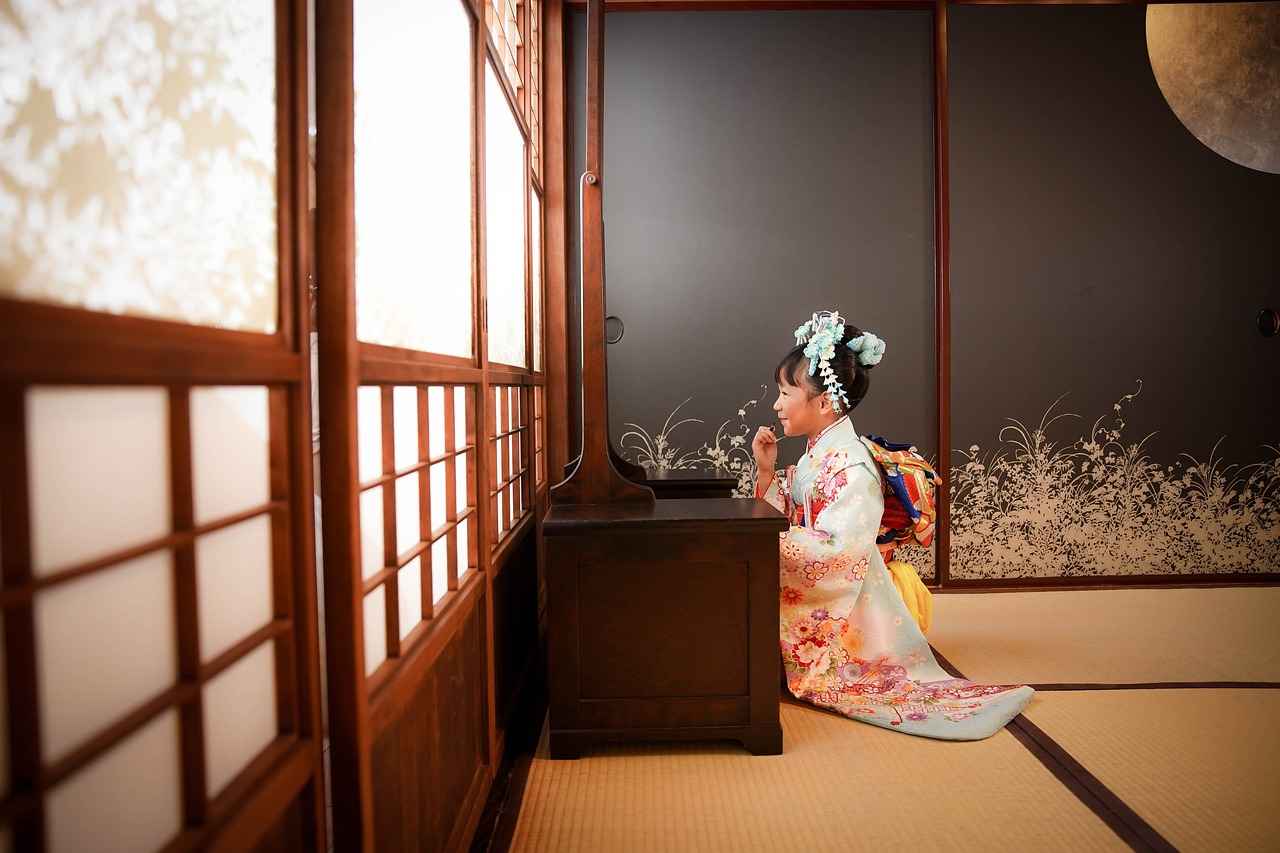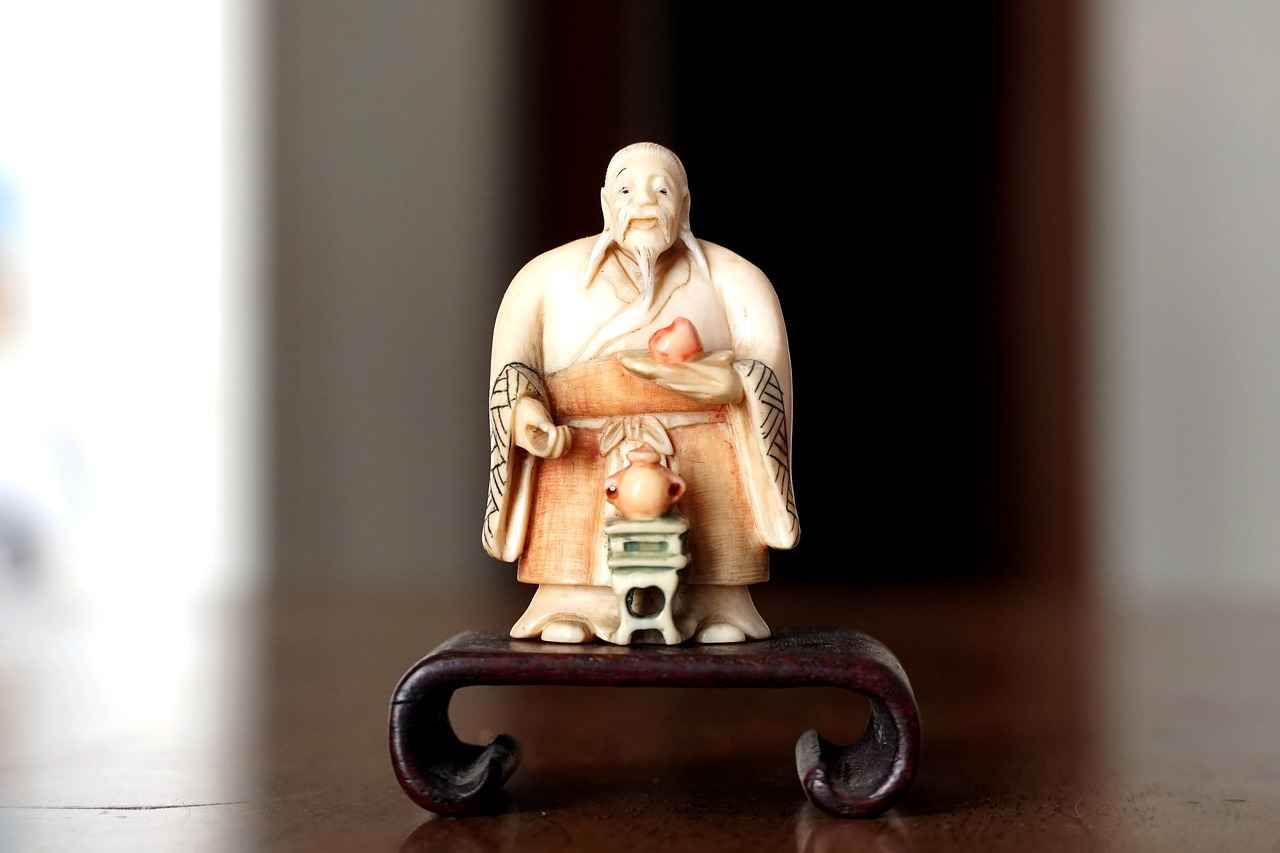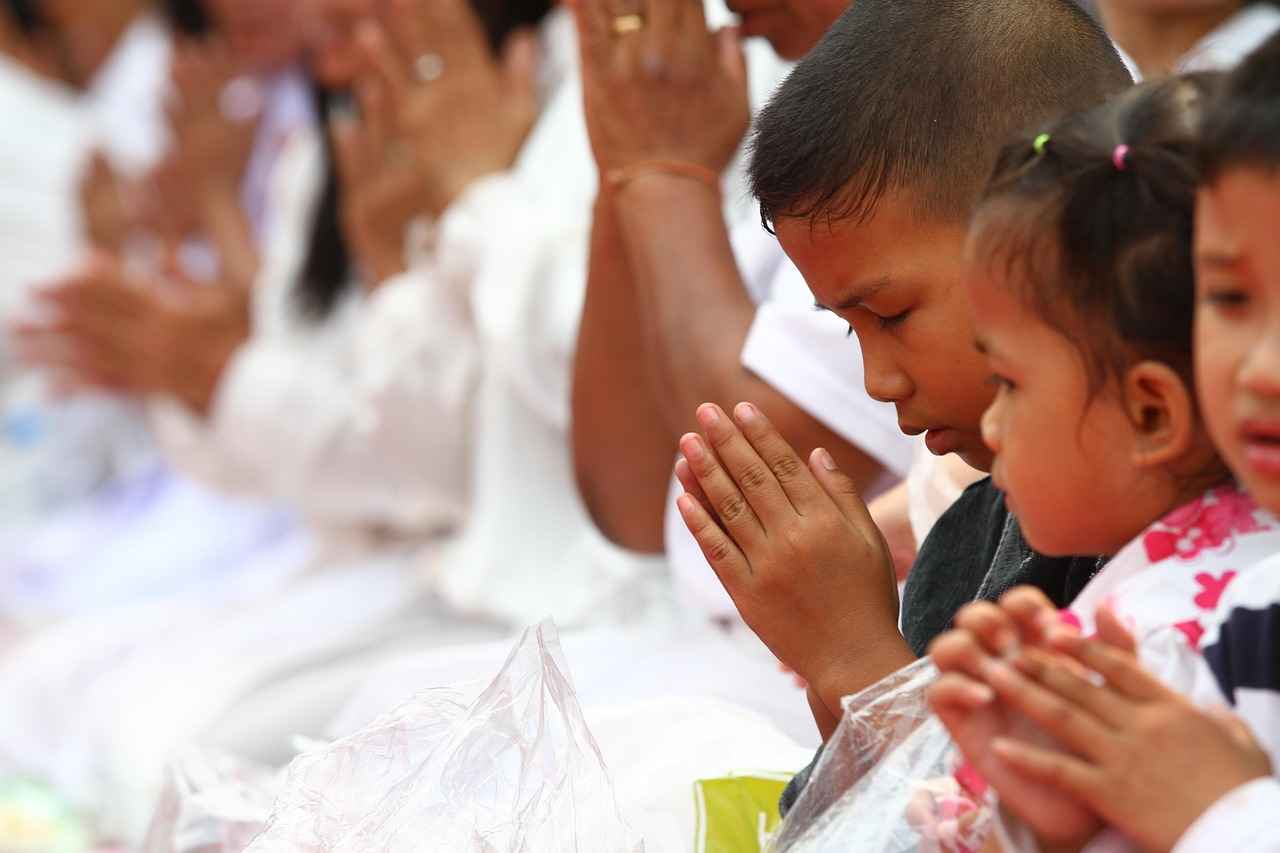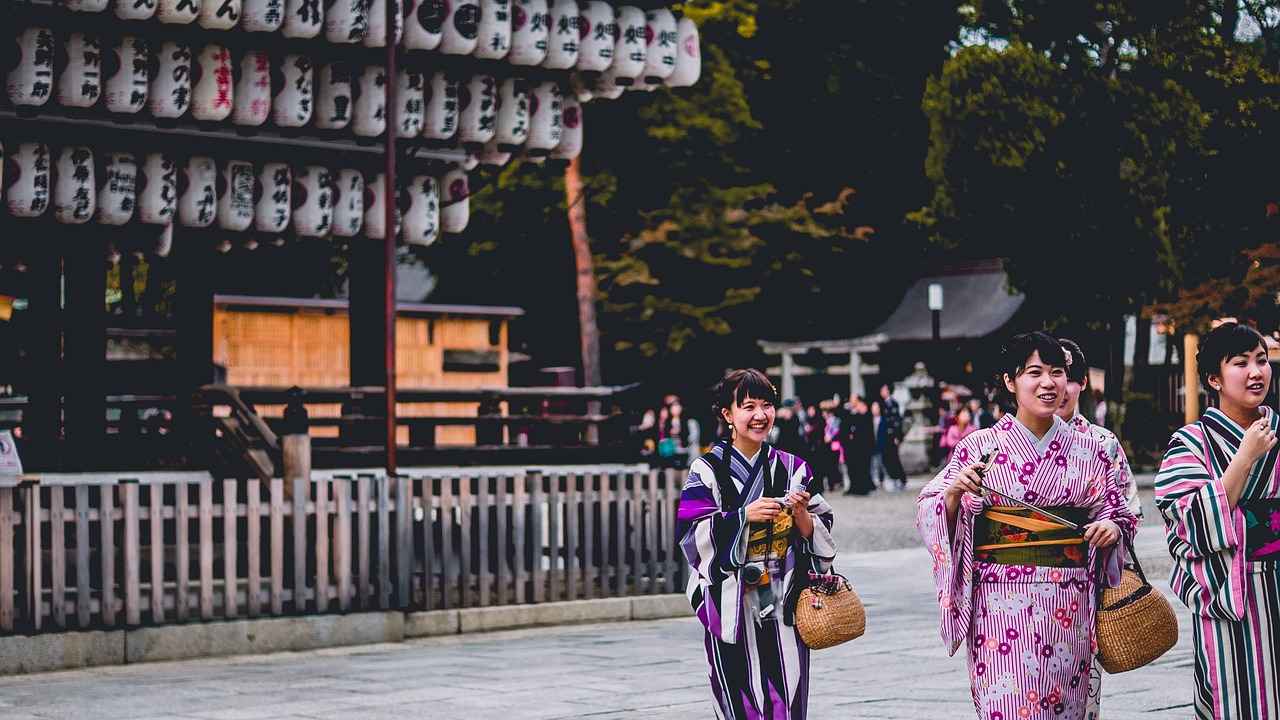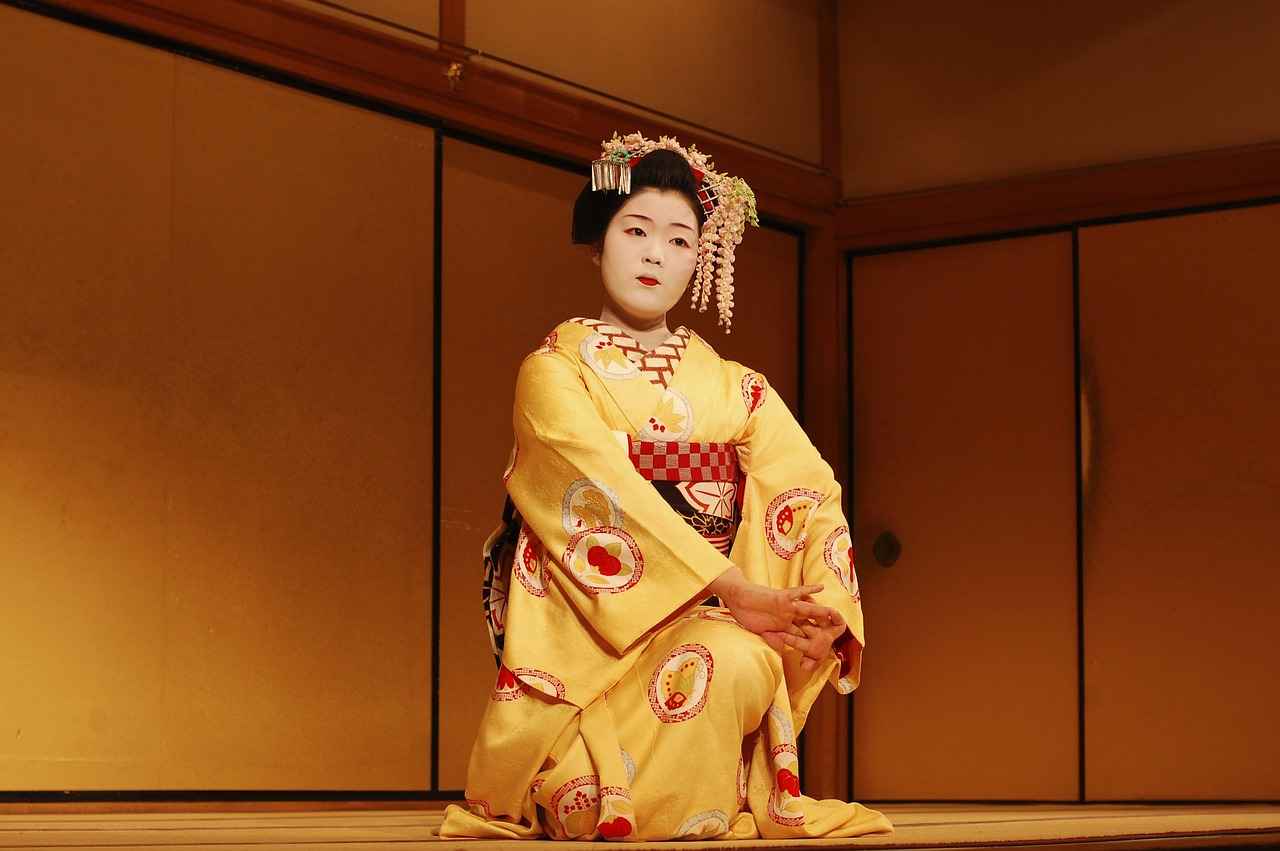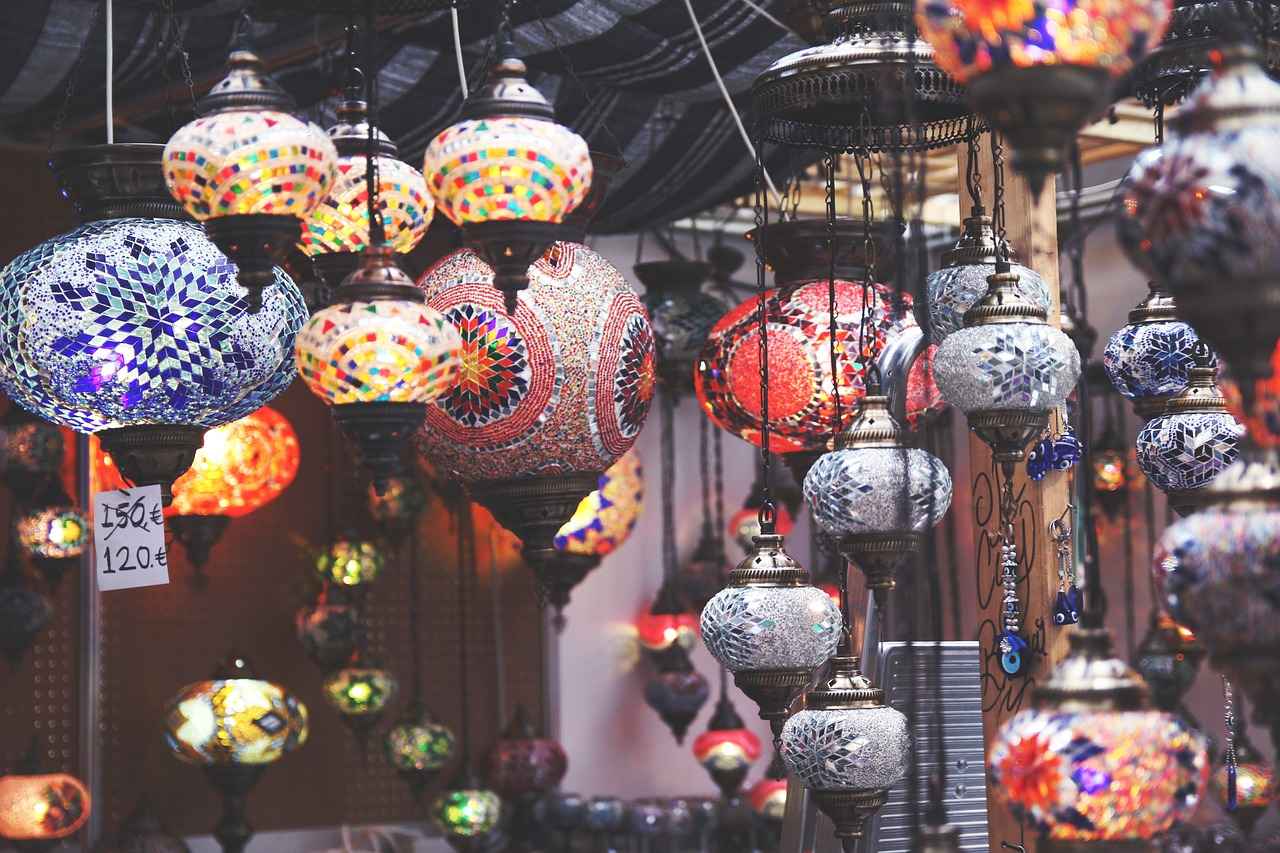This article delves into the profound impact of Japanese kimonos on Western fashion, tracing their journey from traditional garments to modern style statements while highlighting their cultural significance.
The Historical Roots of Kimonos
Understanding the origins of kimonos is essential to appreciate their evolution and the cultural context that shaped these iconic garments over centuries in Japan. Traditionally, kimonos were worn by both men and women, symbolizing status and identity. Over time, these garments have transitioned from everyday wear to symbols of cultural heritage.
The Aesthetic Appeal of Kimonos
Kimonos are renowned for their unique designs and vibrant colors. The artistic elements that contribute to their visual appeal make them highly desirable in the fashion world. Their flowing silhouette and intricate craftsmanship continue to inspire contemporary designers.
- Traditional Patterns and Symbolism: The intricate patterns found on kimonos often carry deep meanings, reflecting the wearer’s personality and social status.
- Nature-Inspired Motifs: Many designs are influenced by nature, showcasing seasonal changes and traditional beliefs.
- Color Significance in Kimonos: Colors play a crucial role, with each hue representing different emotions and occasions.
Modern Adaptations of Kimonos
As kimonos have transitioned into Western fashion, their styles have evolved. Designers are increasingly incorporating kimono elements into contemporary clothing, creating a fusion of traditional and modern aesthetics.
Iconic Fashion Moments Featuring Kimonos
Kimonos have made notable appearances on runways and red carpets, influencing fashion trends significantly. Celebrities often don kimonos for high-profile events, showcasing their timeless appeal.
The Cultural Exchange Between East and West
The globalization of fashion has facilitated a cultural exchange where kimonos are embraced in Western wardrobes. Collaborations between Eastern and Western designers have led to innovative kimono-inspired collections, enriching the fashion landscape.
Challenges of Cultural Appropriation: While kimonos are celebrated, issues of cultural appropriation arise, prompting discussions about the fine line between appreciation and appropriation in fashion.
Conclusion: The Lasting Legacy of Kimonos
The influence of kimonos on Western fashion is profound and enduring, reflecting an ongoing dialogue between cultures in the realm of fashion. As kimonos continue to inspire, they remind us of the beauty of cultural exchange.
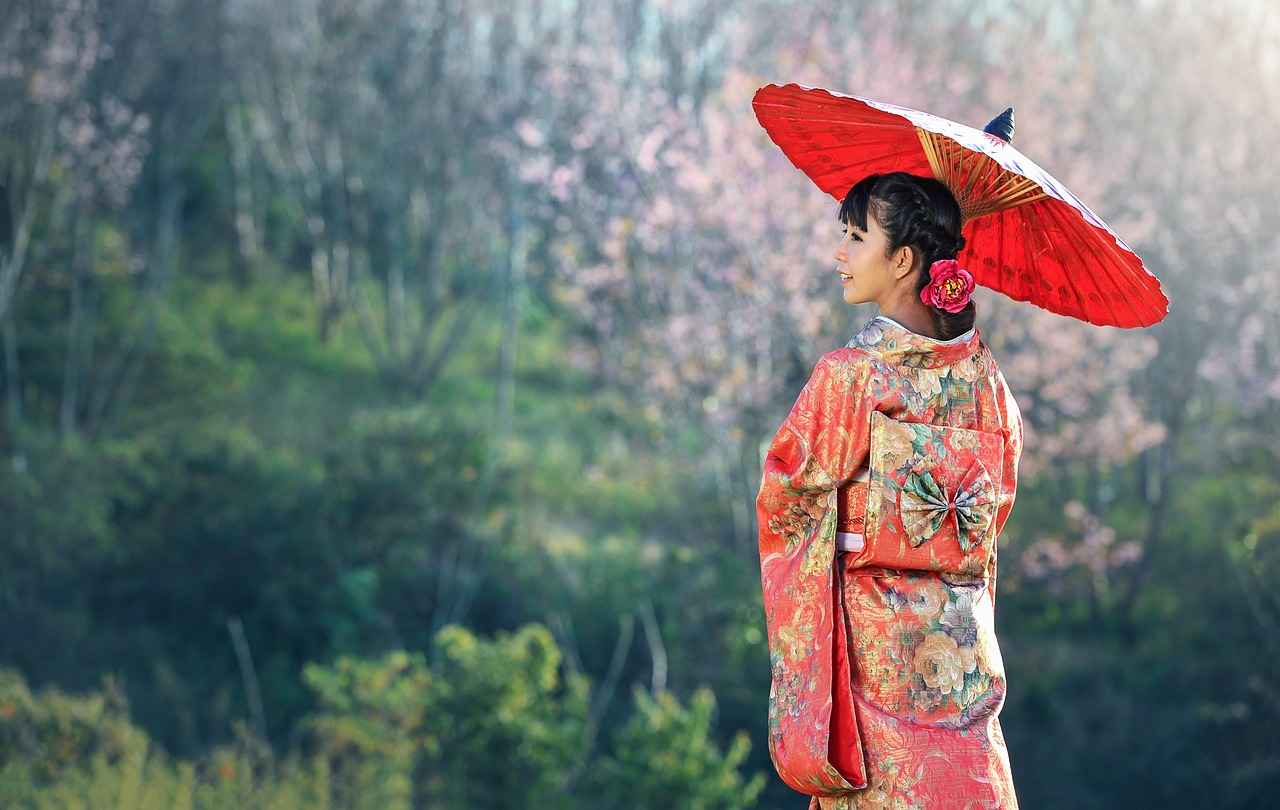
The Historical Roots of Kimonos
offer a fascinating glimpse into Japan’s rich cultural tapestry. These traditional garments, with their unique designs and elaborate craftsmanship, have evolved significantly over the centuries. Understanding their origins not only highlights their aesthetic appeal but also reveals the social and historical contexts that shaped them.
Kimonos date back to the Heian period (794-1185), where they were primarily worn by the aristocracy. Initially, kimonos were simple in design, made from a single piece of fabric, but as time progressed, they became more elaborate, reflecting the wearer’s status and personality. The introduction of new dyeing and weaving techniques during the Edo period (1603-1868) further enhanced their beauty, leading to the intricate patterns and vibrant colors we associate with kimonos today.
The cultural significance of kimonos extends beyond mere fashion; they are deeply intertwined with Japanese customs and traditions. For instance, specific styles and colors are reserved for particular occasions, such as weddings or festivals. The obi, a wide belt worn with the kimono, also plays a crucial role in the garment’s overall aesthetic and functionality, often showcasing intricate designs that complement the kimono.
Moreover, the evolution of kimonos reflects Japan’s historical changes, including the influence of foreign cultures and the impact of modernization in the 20th century. As Japan opened up to the West, kimonos began to be adapted into contemporary fashion, merging traditional elements with modern styles.
In conclusion, the historical roots of kimonos provide essential insight into their evolution and the cultural context that shaped these iconic garments. By appreciating their origins, we can better understand their significance in both Japanese culture and the broader global fashion landscape.
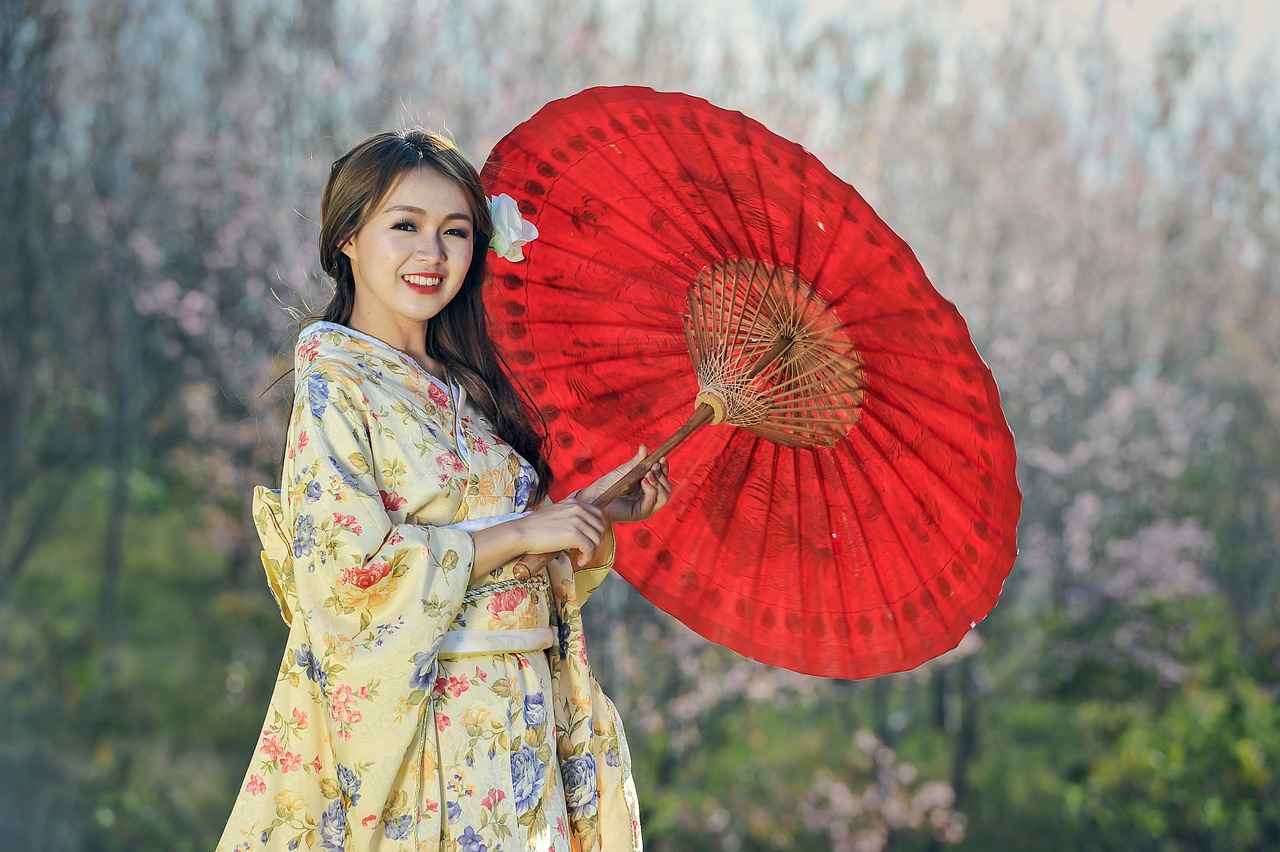
The Aesthetic Appeal of Kimonos
is a captivating subject that highlights the intricate artistry and cultural significance behind these traditional garments. Kimonos are not just clothing; they are a canvas that showcases the rich heritage of Japan through their unique designs and vibrant colors.
One of the most striking features of kimonos is their intricate patterns. Each design tells a story, often inspired by nature, mythology, or historical events. For instance, the use of floral motifs is prevalent, symbolizing beauty and the transient nature of life. Patterns such as chrysanthemums or plum blossoms are not only visually appealing but also carry deep cultural meanings, representing resilience and renewal.
In addition to patterns, the color palette of kimonos plays a crucial role in their aesthetic appeal. Colors are chosen not just for their beauty but also for their symbolic meanings. For example, red often symbolizes happiness and good fortune, while blue can represent calmness and tranquility. This thoughtful approach to color enhances the emotional connection one feels when wearing or admiring a kimono.
Moreover, the fabric used in kimonos adds to their allure. Traditional kimonos are made from luxurious materials such as silk, which not only drapes beautifully but also reflects light in a way that enhances the colors and patterns. The tactile experience of wearing a kimono is as significant as its visual appeal, making it a cherished garment in Japanese culture.
As kimonos transition into modern fashion, their aesthetic elements continue to inspire designers worldwide. The blend of traditional artistry with contemporary styles creates a unique fashion statement that resonates with people across cultures. Whether worn at formal events or incorporated into casual outfits, kimonos remain a symbol of elegance and cultural pride.
In conclusion, the aesthetic appeal of kimonos lies in their rich symbolism, vibrant colors, and exquisite craftsmanship. These elements not only make kimonos visually striking but also elevate them to a status of cultural significance in the fashion world.
Traditional Patterns and Symbolism
The traditional patterns found on kimonos are not merely decorative; they are imbued with rich symbolism that reflects the cultural heritage of Japan. Each design tells a story, often rooted in nature, mythology, or historical events, making kimonos a canvas of cultural expression.
In Japanese society, the choice of patterns can indicate various life stages, celebrations, or even the wearer’s personality. For instance, the crane symbolizes longevity and good fortune, making it a popular motif for wedding kimonos. Similarly, the cherry blossom represents the transient nature of life, reminding the wearer of the beauty and brevity of existence.
Another significant aspect of kimono patterns is their connection to the seasons. Designs often change with the seasons, featuring motifs such as maple leaves in autumn or snowflakes in winter. This seasonal relevance not only enhances the aesthetic appeal but also reflects the Japanese appreciation for nature’s cycles.
Furthermore, certain colors carry specific meanings in kimono designs. For example, red is associated with happiness and good luck, while blue signifies calmness and stability. Understanding these color associations provides deeper insight into the cultural significance of kimonos.
In conclusion, the intricate patterns and colors of kimonos serve as a profound language of their own, conveying messages about identity, tradition, and the natural world. As we explore these elements, we gain a greater appreciation for the artistry and meaning behind this iconic garment.
Nature-Inspired Motifs
in kimono designs are a captivating aspect of Japanese culture, deeply rooted in the appreciation of the natural world. These motifs reflect the changing seasons and embody traditional beliefs, allowing wearers to connect with nature in a profound way.
The seasonal changes are often depicted through various designs, such as cherry blossoms for spring, vibrant maple leaves for autumn, and snowflakes for winter. Each pattern not only showcases the beauty of nature but also symbolizes the transient nature of life, a concept deeply ingrained in Japanese philosophy.
For instance, the cherry blossom (sakura) is a powerful symbol of renewal and the fleeting beauty of life. This motif is particularly popular in spring, representing the fleeting moments of beauty that come with the blooming of flowers. Similarly, the cranes, often portrayed in flight, symbolize longevity and good fortune, making them a frequent choice for celebratory occasions.
Traditional beliefs also play a significant role in kimono designs. Many motifs are inspired by mythology and folklore, where animals and plants are imbued with spiritual significance. For example, the pine tree represents endurance and resilience, while the bamboo signifies strength and flexibility. These elements not only enhance the garment’s aesthetic appeal but also convey deeper meanings that resonate with the wearer.
In addition to their visual beauty, these nature-inspired motifs serve as a reminder of the harmony between humans and the environment. As such, they encourage a sense of mindfulness and appreciation for the world around us.
In conclusion, the incorporation of nature-inspired motifs in kimono design is a testament to the rich cultural heritage of Japan. These patterns do more than just adorn the garment; they tell stories, convey emotions, and connect wearers to the natural world, making each kimono a unique piece of art.
Color Significance in Kimonos
Colors in kimono design are not merely aesthetic choices; they embody a rich tapestry of cultural significance and emotional resonance. Each hue conveys specific meanings and serves particular purposes, making color selection a vital aspect of kimono creation.
- Red: Often associated with happiness and good fortune, red is a popular choice for celebratory occasions such as weddings and festivals. It symbolizes vitality and joy.
- Blue: Representing calmness and serenity, blue is frequently used in kimonos meant for more subdued or reflective occasions. It evokes a sense of peace and tranquility.
- Green: This color is deeply connected to nature and growth. It signifies renewal and harmony, making it a favorite for springtime wear.
- Black: While it can signify elegance and sophistication, black is also associated with mourning. It’s often used in formal kimonos for funerals, highlighting the dual nature of color symbolism.
- Pink: Often linked to femininity and romance, pink is a popular choice for young women’s kimonos, celebrating youth and beauty.
- Yellow: This bright color symbolizes brightness and cheerfulness. It is often chosen for festive occasions, reflecting joy and positivity.
The choice of color can also reflect the season or occasion. For instance, pastel shades are favored in spring, while deeper, richer colors are more common in autumn. This connection to nature and the changing seasons adds another layer of meaning to kimono designs.
In summary, the colors of kimonos are steeped in tradition and meaning, making them an essential aspect of Japanese culture. Understanding these color significances not only enhances appreciation for kimonos but also fosters a deeper connection to the cultural narratives they represent.
Modern Adaptations of Kimonos
have become a significant trend in the fashion industry, showcasing how traditional Japanese garments can be seamlessly integrated into contemporary styles. As designers draw inspiration from the rich heritage of kimonos, they craft innovative pieces that resonate with a global audience.
The transition of kimonos into Western fashion is not merely about adopting their aesthetic; it is also about embracing the cultural significance they embody. Many designers have begun to reinterpret traditional kimono elements, such as the silhouette and fabric choices, to create garments that reflect modern sensibilities while paying homage to their origins.
- Silhouette and Structure: Modern adaptations often retain the kimono’s loose and flowing silhouette, which is both comfortable and versatile. Designers may alter the length or add tailored elements to suit contemporary tastes.
- Fabric Innovations: While traditional kimonos are made from silk, modern interpretations utilize a variety of materials, including cotton, linen, and synthetic fabrics, making them accessible and practical for everyday wear.
- Color and Pattern: Contemporary kimonos often feature bold colors and patterns, merging traditional motifs with modern graphics, thus appealing to a younger demographic.
Notably, many fashion houses have embraced the kimono style in their collections. For instance, during recent fashion weeks, several designers showcased kimono-inspired jackets and robes that incorporate traditional elements while aligning with current trends. These pieces often serve as statement garments that can be dressed up or down, enhancing their versatility.
Furthermore, the rise of the streetwear movement has also influenced the adaptation of kimonos, leading to the creation of casual wear that incorporates kimono patterns and styles, thus broadening their appeal beyond formal occasions.
In conclusion, the illustrate a fascinating blend of tradition and innovation. As these garments continue to evolve, they not only enrich Western fashion but also foster a deeper appreciation for Japanese culture.

Iconic Fashion Moments Featuring Kimonos
The iconic fashion moments featuring kimonos have left an indelible mark on the fashion landscape, showcasing their versatility and cultural significance. From the runways of Paris to the glamorous red carpets of Hollywood, kimonos have transcended their traditional roots to become symbols of modern style.
One of the most memorable moments occurred when Rihanna donned a stunning floral kimono at the 2015 Met Gala. Her outfit not only celebrated the elegance of traditional Japanese attire but also sparked a renewed interest in integrating cultural garments into contemporary fashion. This moment was pivotal, as it highlighted the beauty of kimonos and their ability to make a bold statement.
Similarly, Zendaya has been seen wearing a beautifully tailored kimono-inspired ensemble, which she paired with modern accessories, showcasing how these garments can be adapted for today’s fashion-forward audience. Her appearance at various events has demonstrated the timeless appeal of kimonos, bridging the gap between tradition and modernity.
Runway shows have also embraced kimonos as a source of inspiration. Designers like John Galliano and Issey Miyake have incorporated kimono elements into their collections, using flowing fabrics and intricate patterns to create visually stunning pieces. These shows not only celebrate the artistry of kimonos but also emphasize their relevance in the fashion world.
In addition to individual appearances, the global fashion community has witnessed a surge in collaborations that fuse kimono aesthetics with Western styles. This cultural exchange has led to innovative designs that respect the traditional roots of kimonos while appealing to a modern audience.
As we reflect on these iconic moments, it is clear that kimonos continue to influence fashion trends, serving as a reminder of the rich cultural heritage they represent. The blend of tradition and modernity in these garments ensures their place in the ever-evolving world of fashion.
Red Carpet Appearances
have become a significant platform for celebrities to showcase their fashion choices, and the kimono has made a remarkable impact in this arena. As an emblem of elegance and cultural heritage, kimonos have graced numerous high-profile events, leaving lasting impressions on the fashion world.
One of the most memorable moments occurred when Rihanna wore a stunning black kimono-inspired gown at the 2015 Met Gala. The ensemble, adorned with intricate embroidery, not only highlighted her bold fashion sense but also paid homage to traditional Japanese aesthetics. This appearance sparked conversations about the fusion of cultural garments with Western fashion.
Another iconic moment was when Zendaya stepped onto the red carpet at the 2019 Emmy Awards in a beautifully tailored kimono jacket paired with a modern silhouette. Her outfit was a perfect example of how kimonos can be reimagined to fit contemporary styles while still respecting their origins.
Additionally, Katy Perry made headlines at the 2020 American Music Awards when she donned a vibrant, floral kimono that celebrated the spirit of spring. The bright colors and bold patterns not only showcased her unique style but also emphasized the versatility of kimonos as a fashion statement.
These red carpet moments illustrate how kimonos are not just garments; they are a celebration of culture, artistry, and fashion innovation. As celebrities continue to embrace kimonos, they contribute to a broader appreciation of this traditional attire, encouraging a dialogue about cultural significance and style.
In conclusion, the presence of kimonos on the red carpet highlights their enduring appeal and adaptability in modern fashion. As we look forward to future events, it will be exciting to see how designers and celebrities continue to incorporate this beautiful garment into their wardrobes.
Runway Trends and Designers
The influence of Japanese kimonos on the global fashion scene has been profound, with numerous designers drawing inspiration from their rich history and aesthetic appeal. Over the past few decades, kimonos have transitioned from traditional Japanese garments to essential elements in modern fashion collections, showcasing their versatility and timelessness.
Many renowned designers have incorporated kimono aesthetics into their runway shows, effectively blending traditional elements with contemporary styles. Fashion houses such as Gucci, Yves Saint Laurent, and Roksanda Ilincic have featured kimono-inspired designs, highlighting their ability to transcend cultural boundaries. These collections often showcase a fusion of vibrant colors, intricate patterns, and flowing silhouettes that pay homage to the original kimono while adapting them for modern wear.
One notable example is the Spring/Summer 2020 collection by Gucci, where models strutted down the runway in garments reminiscent of kimonos, adorned with floral motifs and luxurious fabrics. This collection not only celebrated the beauty of kimonos but also emphasized the growing trend of cultural appreciation in fashion. Designers are increasingly recognizing the importance of respecting and honoring the origins of the garments they draw inspiration from.
Moreover, the impact of kimonos on fashion extends beyond the runway. They have become a staple in streetwear, with many brands offering kimono-inspired jackets, robes, and dresses that resonate with a broader audience. This accessibility has further solidified the kimono’s place in global fashion, allowing individuals to embrace this traditional garment in their everyday wardrobes.
In conclusion, the integration of kimono aesthetics into runway shows by various designers reflects a significant shift in the fashion landscape. As kimonos continue to inspire and influence trends, they serve as a reminder of the rich cultural heritage they represent, merging the past with the present in a beautifully harmonious way.
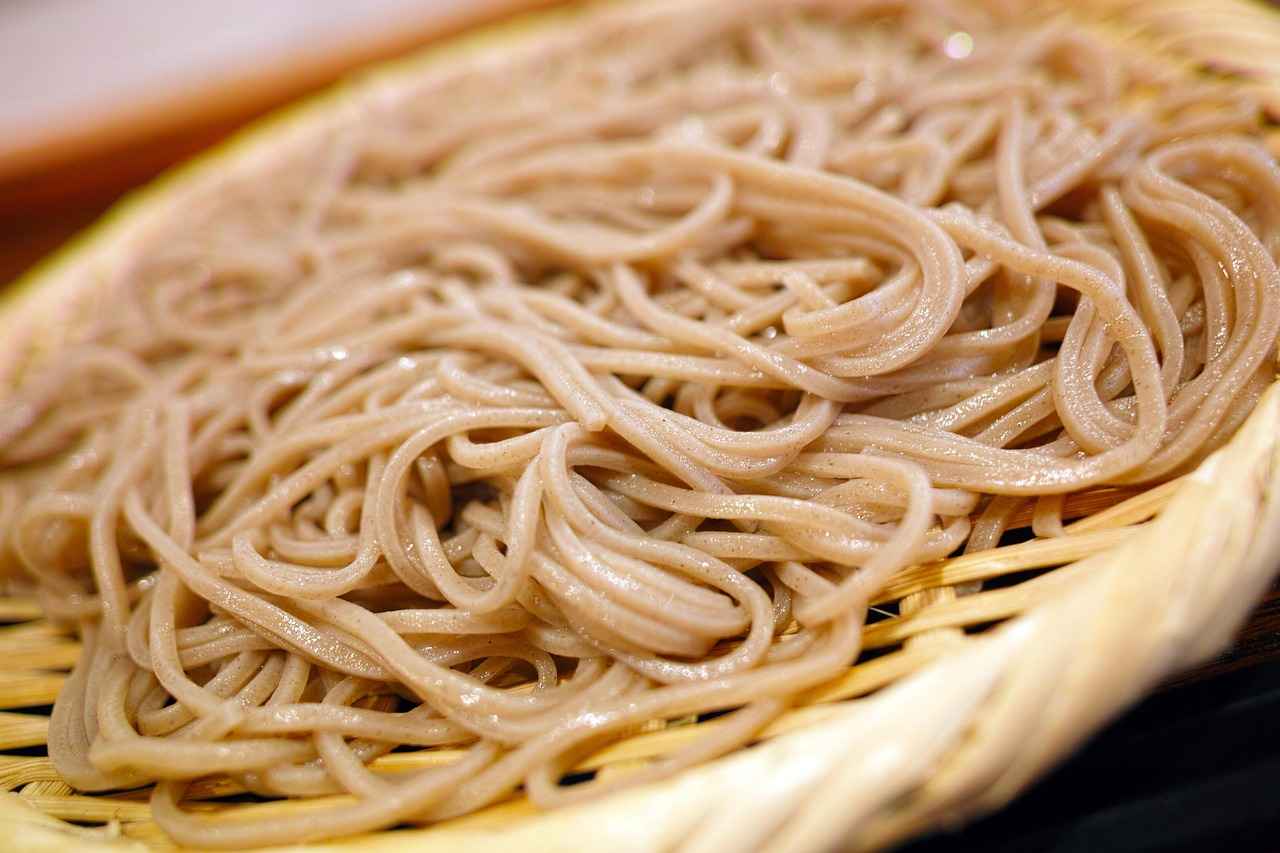
The Cultural Exchange Between East and West
The globalization of fashion has created a vibrant tapestry of cultural exchange, allowing traditional garments like the kimono to find a place in Western wardrobes. This phenomenon is not merely a trend; it represents a deeper connection between diverse cultures and a growing appreciation for their unique aesthetics.
As kimonos transition from their historical roots in Japan to modern Western fashion, they bring with them rich cultural narratives. The kimono, a symbol of Japanese heritage, showcases intricate designs and craftsmanship that have captivated fashion enthusiasts worldwide. This section explores the implications of this cultural exchange and its impact on contemporary fashion.
- Embracing Diversity in Fashion: The incorporation of kimonos into Western fashion signifies a broader acceptance and celebration of cultural diversity. Designers are increasingly drawing inspiration from traditional garments, leading to unique hybrid styles that merge Eastern and Western aesthetics.
- Fashion Collaborations: Notable partnerships between Eastern and Western designers have produced innovative collections that honor the kimono’s heritage while appealing to a global audience. These collaborations often blend traditional techniques with modern silhouettes, creating garments that are both stylish and respectful of their origins.
- Challenges of Cultural Appropriation: While the adoption of kimonos in Western fashion is largely celebrated, it also raises important questions about cultural appropriation. It is crucial to navigate this landscape with sensitivity, ensuring that the appreciation of kimonos does not overshadow their cultural significance.
In conclusion, the embrace of kimonos in Western fashion serves as a testament to the power of cultural exchange. It highlights the importance of respecting and understanding the traditions behind these garments while celebrating their evolution in a global context. As fashion continues to evolve, the dialogue between East and West will undoubtedly foster greater appreciation for the rich tapestry of cultural influences that shape our wardrobes.
Fashion Collaborations
have become a defining feature of the contemporary fashion landscape, especially when it comes to the integration of kimono-inspired designs from the East into Western wardrobes. These partnerships not only celebrate cultural heritage but also push the boundaries of creativity, resulting in innovative collections that resonate with a global audience.
One notable collaboration is between renowned fashion designer Issey Miyake and the iconic American brand Gap. This partnership led to a line that beautifully merged traditional Japanese kimono aesthetics with modern streetwear. The result was a collection that featured lightweight fabrics and flowing silhouettes, appealing to both fashion enthusiasts and casual wearers alike.
Another significant example is the collaboration between Yohji Yamamoto and Adidas. Yamamoto’s unique approach to design incorporates the fluidity and elegance of the kimono, which is evident in his Y-3 line. This fusion of high fashion and athletic wear has not only elevated the sneaker culture but has also introduced the essence of Japanese craftsmanship to a broader audience.
Furthermore, the partnership between Kenzo and various Western retailers has brought kimono-inspired pieces to the forefront of seasonal collections. Kenzo’s use of vibrant prints and bold colors pays homage to traditional Japanese motifs while appealing to contemporary fashion sensibilities.
These collaborations highlight the importance of cultural exchange in fashion, where designers from different backgrounds come together to create something truly unique. They also demonstrate how traditional garments like the kimono can be reinterpreted and celebrated in modern contexts, fostering a deeper appreciation for cultural diversity.
In conclusion, the collaborative efforts between Eastern and Western designers have not only enriched the fashion industry but have also paved the way for a more inclusive and innovative future. As these partnerships continue to evolve, they will undoubtedly inspire new trends and foster a greater understanding of the cultural significance behind these iconic garments.
Challenges of Cultural Appropriation
The discussion surrounding cultural appropriation in fashion has gained significant traction in recent years, particularly regarding the use of traditional garments like the kimono. While kimonos are widely celebrated for their beauty and craftsmanship, their adoption in Western fashion raises important questions about respect, understanding, and authenticity.
At the heart of this debate lies the distinction between appreciation and appropriation. Appreciation involves a genuine respect for a culture and its traditions, often characterized by an effort to understand the historical and social contexts of the garments. In contrast, appropriation refers to the adoption of elements from one culture by members of another culture, often without permission or understanding. This can lead to the commodification of cultural symbols, stripping them of their original meaning.
Implications of Appropriation
- Loss of Cultural Identity: When traditional garments like kimonos are worn without understanding their significance, it can dilute the cultural identity they represent.
- Commercial Exploitation: The commercialization of kimonos can lead to profit for companies that may not acknowledge or respect the cultural origins of the garment.
- Stereotyping: The misrepresentation of kimonos in fashion can perpetuate stereotypes, reducing a rich cultural artifact to a mere trend.
Finding Balance
To navigate the fine line between appreciation and appropriation, it is essential for designers and consumers alike to engage in meaningful dialogue with cultural communities. This includes:
- Collaborating with artisans and cultural representatives to ensure authenticity.
- Educating oneself about the history and significance of the garments being worn.
- Promoting cultural exchange that respects and honors the origins of traditional attire.
In conclusion, while the integration of kimonos into Western fashion can be seen as a form of cultural exchange, it is crucial to approach this trend with thoughtfulness and respect. By fostering an environment of appreciation rather than appropriation, we can celebrate the beauty of kimonos while honoring their rich cultural heritage.
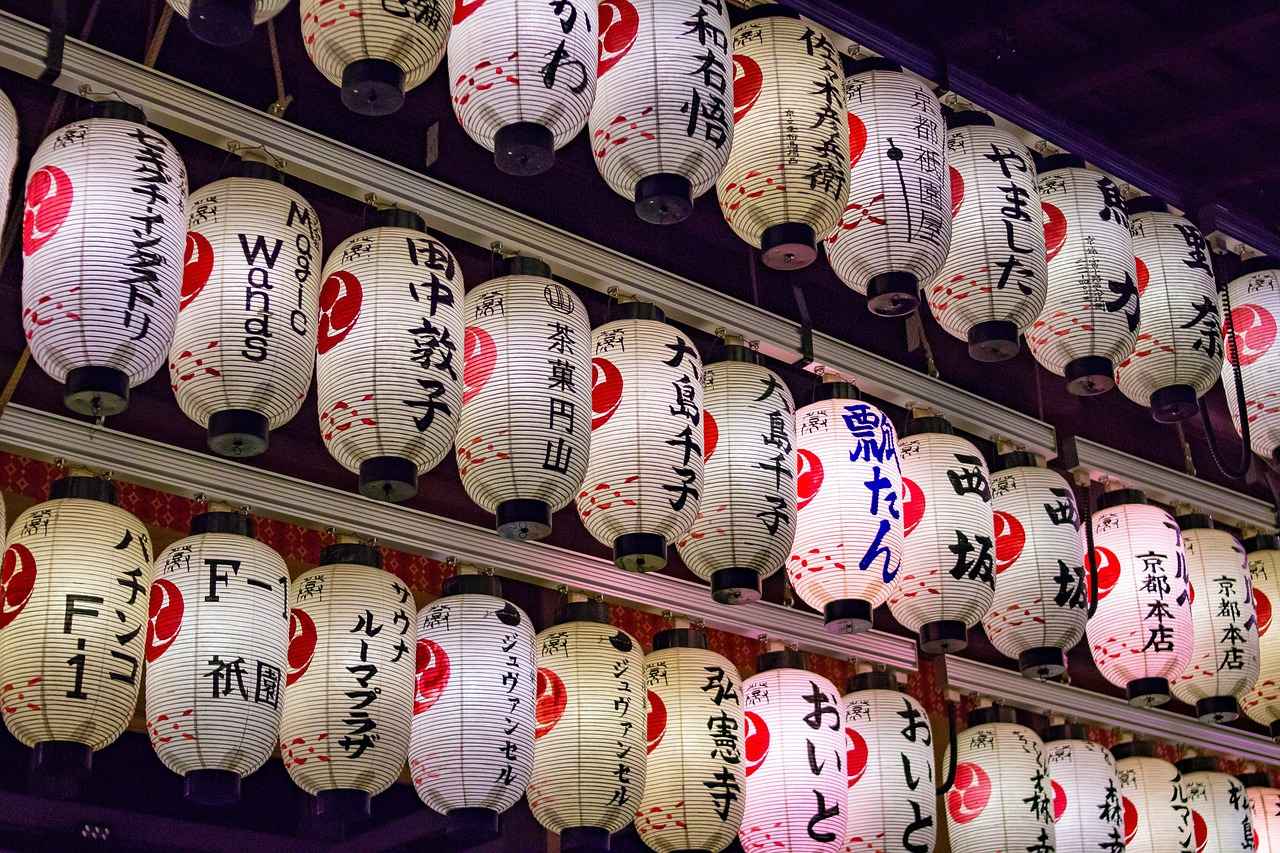
Conclusion: The Lasting Legacy of Kimonos
The influence of kimonos on Western fashion is not only profound but also enduring, showcasing a rich tapestry of cultural exchange that has evolved over the years. This article delves into the significance of kimonos, their journey from traditional Japanese attire to modern fashion statements, and the ongoing dialogue between Eastern and Western cultures in the realm of style.
Kimonos, with their intricate designs and vibrant colors, have transcended their original purpose as everyday clothing in Japan. They have become a symbol of elegance and artistry that resonates with fashion enthusiasts worldwide. The aesthetic appeal of kimonos lies in their unique silhouettes and the delicate craftsmanship that goes into each piece. Designers in the West have drawn inspiration from the flowing lines and elaborate patterns of kimonos, incorporating these elements into contemporary fashion.
Moreover, the cultural significance of kimonos cannot be overstated. They embody traditions that have been passed down through generations, often featuring nature-inspired motifs and colors that symbolize various emotions and occasions. The rich heritage associated with kimonos has sparked a fascination among Western designers, who seek to honor this legacy while adapting it for modern consumers.
Throughout history, kimonos have made notable appearances in high-profile fashion events, from runways to red carpet moments. Celebrities donning kimono-inspired outfits have helped elevate the garment’s status in Western fashion, showcasing its versatility and timeless appeal. Designers have embraced this trend, creating collections that celebrate the beauty of kimonos while merging them with contemporary styles.
In conclusion, the lasting legacy of kimonos in Western fashion reflects a dynamic interplay between cultures. As fashion continues to evolve, the appreciation for kimonos serves as a reminder of the importance of cultural exchange and the beauty that arises from it. This ongoing dialogue fosters a deeper understanding and respect for the traditions that shape our global fashion landscape.
Frequently Asked Questions
- What are the origins of kimonos?
Kimonos have deep historical roots in Japan, evolving over centuries from simple garments to intricate pieces of art. They reflect the cultural heritage and craftsmanship of Japanese society.
- How do kimonos influence Western fashion?
Kimonos have made a significant impact on Western fashion by inspiring designers to incorporate their unique patterns, colors, and styles into modern clothing. This fusion creates a beautiful dialogue between Eastern and Western aesthetics.
- What is the significance of colors and patterns in kimonos?
Colors and patterns in kimonos are not just decorative; they carry deep meanings and symbolize various emotions and occasions. For example, certain colors may represent happiness or mourning, while patterns can depict seasonal changes or traditional beliefs.
- Are there any cultural appropriation concerns regarding kimonos?
Yes, while kimonos are celebrated in Western fashion, there are valid concerns about cultural appropriation. It’s essential to appreciate and respect their cultural significance rather than merely adopting them as fashion statements.
- Can you find modern adaptations of kimonos in everyday wear?
Absolutely! Many contemporary designers have created stylish pieces inspired by kimonos, making them accessible for everyday wear. You can find kimono-style jackets, dresses, and more that blend tradition with modern fashion.
